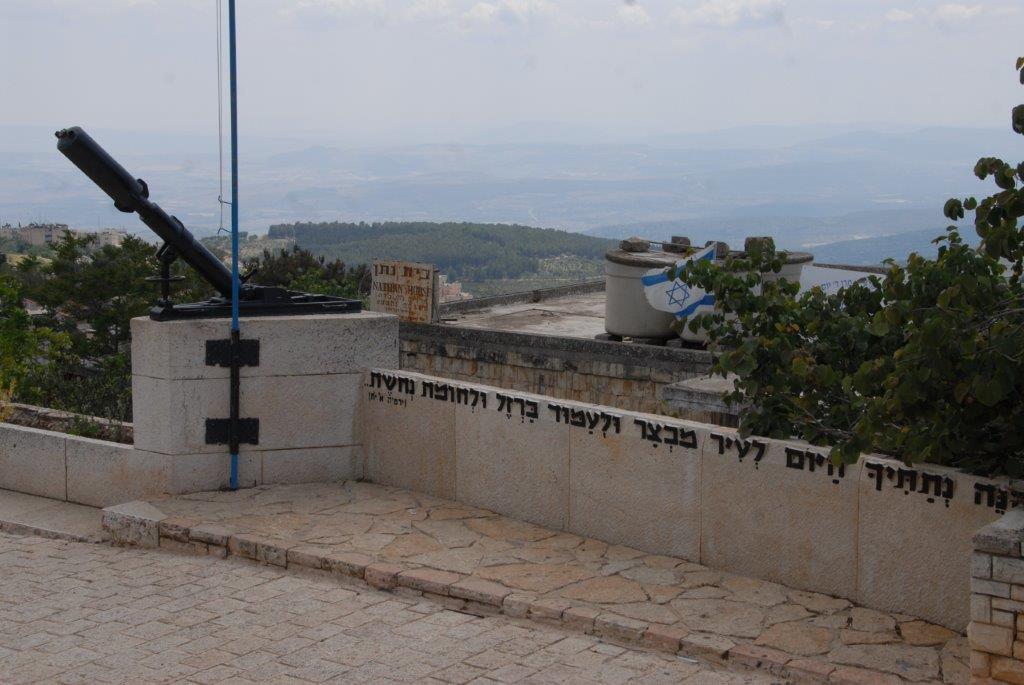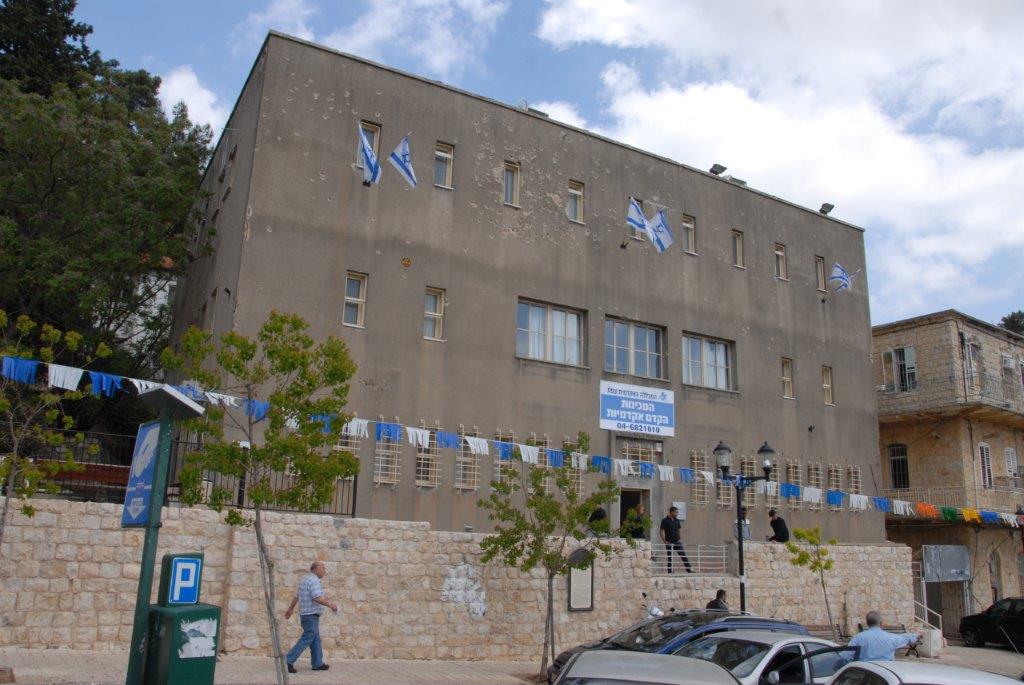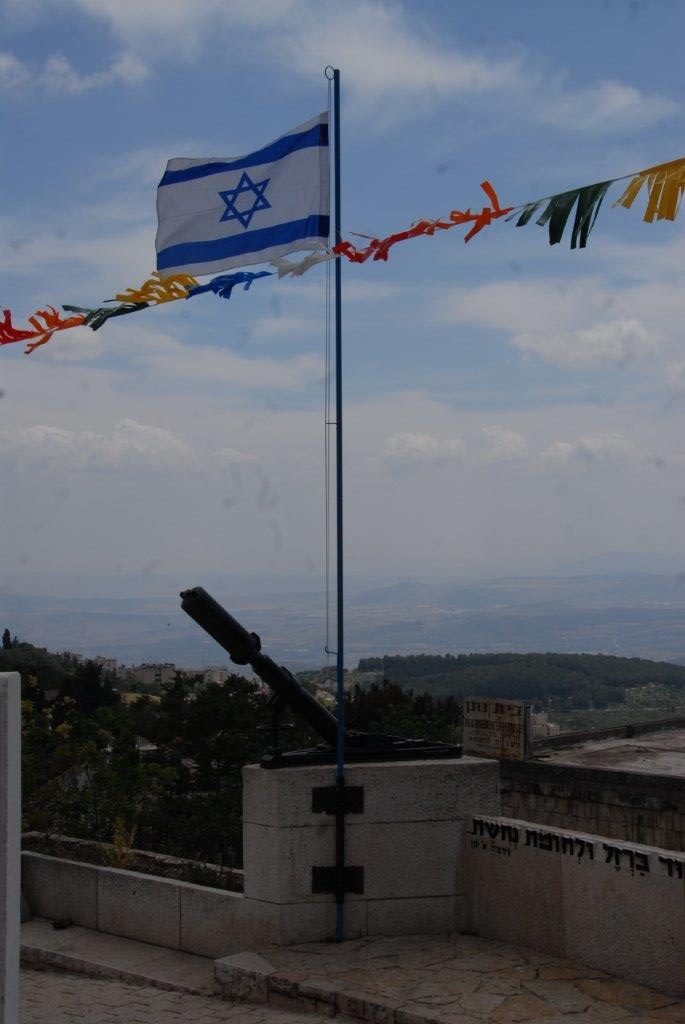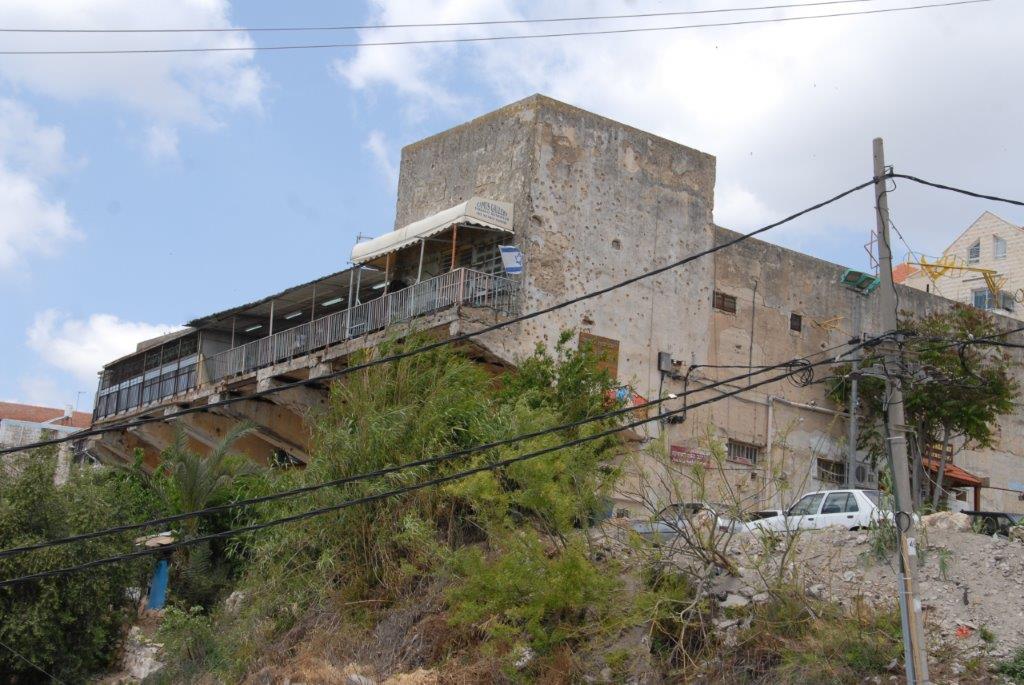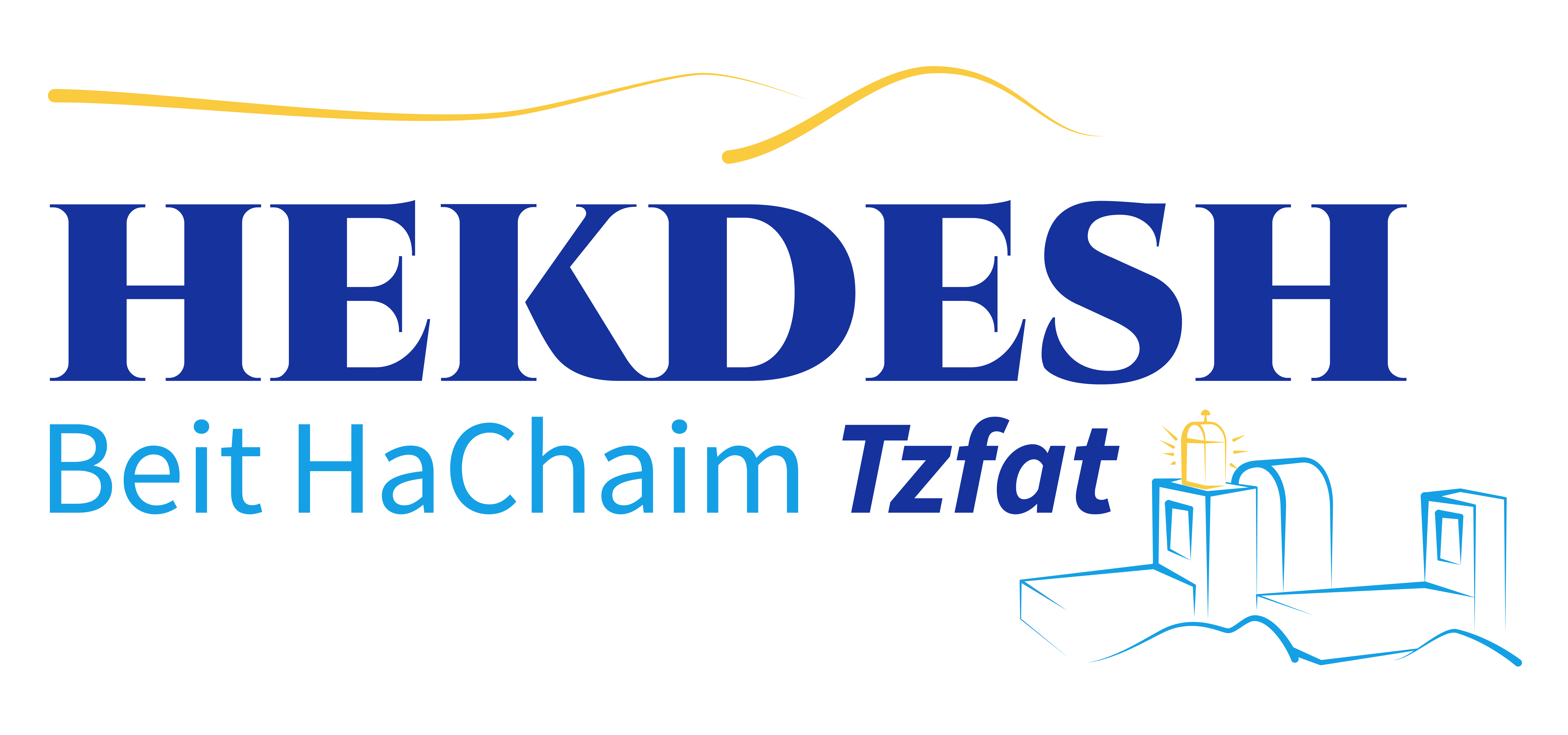THE 20TH CENTURY
By 1947, Tzfat’s population was predominately Arab: 12,000 to only 1,600 Jews. In the surrounding district there were dozens of Arab villages (with 50,000 inhabitants) and just three small Jewish settlements. The 1947 U.N. vote for the partition of Palestine was the catalyst for renewed Arab violence. The three outlying Jewish settlements were attacked, as was the Jewish Quarter of Tzfat. The beleaguered Jews set aside their differences and concentrated their efforts on building defenses. The local Hagannah force numbered 200, and there were another 50 fighters who belong to the Etzel organization.
On morning of the British withdrawal from Tzfat, they offered the Jewish leadership to evacuate at least the women and children. The replay was an unequivocal “no”. After the ceremonial flag-lowing ceremony, the British army handed over all the key positions to the Arabs, since it seemed obvious to them that the Arabs would control the town in any case.
The first Jewish stronghold fell amidst cries of jubilation from the Arabs. The Palmach (the Hagannah’s strike force) sent 35 of its best-equipped men up the valley to Tzfat, under cover of darkness. At daybreak they awakened the Jewish Quarter with their singing. Palmach commander Yigal Allon was convinced that Tzfat was the key to the decisive battle for control of the Galilee. He was determined to liberate Tzfat first.
The Arabs were also preparing themselves for the crucial battle. A detachment of the Arab League’s “Salvation Army” entered Tzfat, followed by heavily armed units of the Jordanian, Syrian, Iraqi and Lebanese armies. The Mufti Al-Husseini waited impatiently in Tyre for the victory parade in Tzfat, which the Arabs had designated as the temporary capital of Palestine.
The battle began on the 30th of April, 1948. The Palmach’s 3rd company under Moshe Kelman armed with the “Davidka” (a home-made mortar that produced more noise than damage) captured Arab Ein-Zeitim and Birya. Together with the local fighters, they then stormed the strategically important Citadel of Tzfat. The attempt failed and there were many casualties. A second attack was mounted several days later – in a concerted offensive, Arab positions all over town were stormed simultaneously. The element of surprise had a stunning effect- one after another; the Arab strongholds fell to the Jewish fighters.
On the morning of May 11th, the Arab Quarter was strangely silent. A Jewish reconnaissance plane spotted the town’s entire Arab population fleeing to nearby Meron. They had left Tzfat by night, seeking shelter until the situation cleared. The Arabs of Tzfat never returned; they resettled in Lebanon and Syria.
The Jews of Tzfat now had the town to themselves. They set about to clear the ruins and to start building a new life.
